Country folk tend to like the independence offered by their cars, so how do you get them to use public transit? The Monocab system may be the answer, as it utilizes individual on-demand pods that travel on existing abandoned railways.
It’s a bit of a vicious circle. Many people in rural areas prefer using their cars for getting to and from urban centers whenever they want, as opposed to waiting for the few buses or trains. This lack of interest in public transit results in even fewer buses and trains being offered, leading to even less uptake by the locals.
As a result, in countries such as Germany, many rural commuter railways are now largely unused. What’s more, because not everyone wants to wait for public transit ormake a long drive, an increasing number of people are choosing to live in cities instead of the countryside.
However, what if it were possible to hail a small electric vehicle right when you needed it – via a taxi- or Uber-style app – which would pick you up on a nearby railway then autonomously drive you into town? That’s the idea behind Monocab.

The European-Union-backed project began in 2022, and is a collaboration between Germany’s OWL University of Technology (Technische Hochschule Ostwestfalen-Lippe), Bielefeld University of Applied Sciences, and Fraunhofer IOSB-INA institute.
The Monocabs themselves are – or will be – four- to six-passenger battery-electric monorail pods that use a gyroscopic system to self-balance on just a single rail of an existing disused railway. That leaves the other rail free for other Monocabs to travel in the opposite direction.
Project founder Thorsten Försterling tells us that the team is working on a track-installed machine that will be able to lift individual pods off of one rail and place them on the other (without passengers in them at the time), keeping them from all collecting at either end of the route.

Some of this technology may sound a bit “over-ambitious,” but keep in mind the project was inspired by a fully functional self-balancing monorail that mechanical engineer Louis Brennan designed and demonstrated back in the early 1900s.
Test pods are already being trialled on a short section of railway in rural Germany, and Försterling says that a final-version prototype should enter use in 2028. In the meantime, you can see some of the test pods in action, in the video below.
Further Images
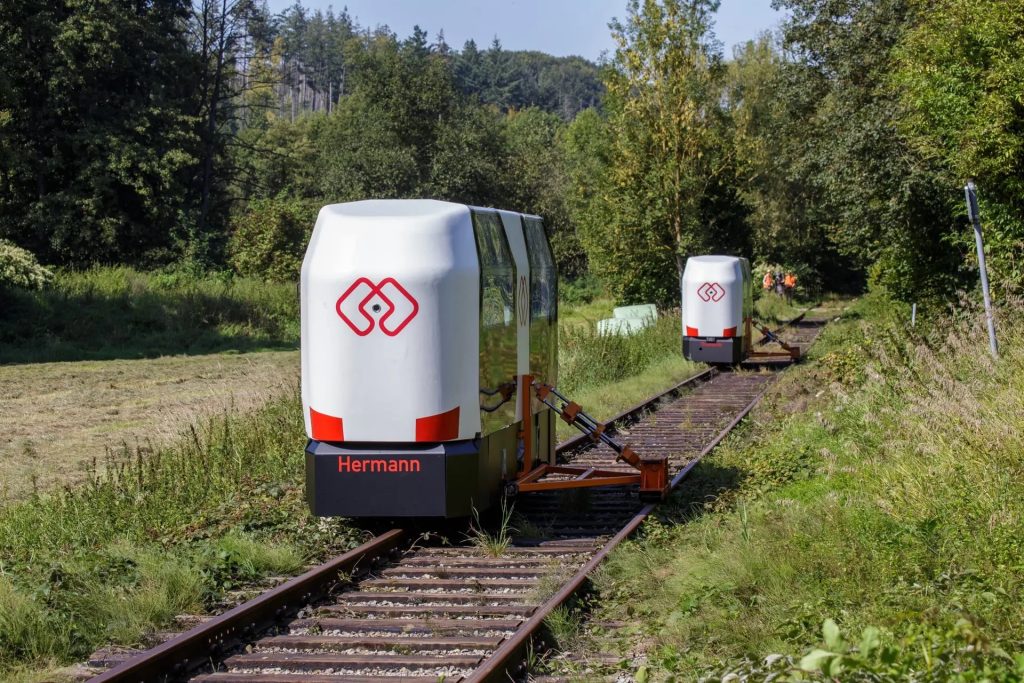
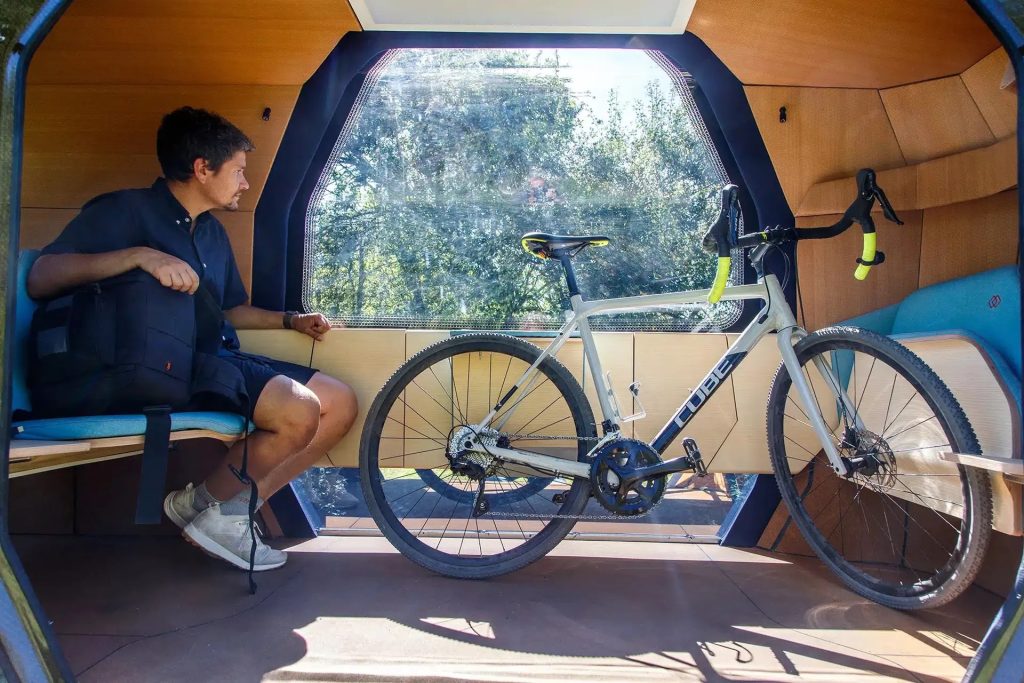
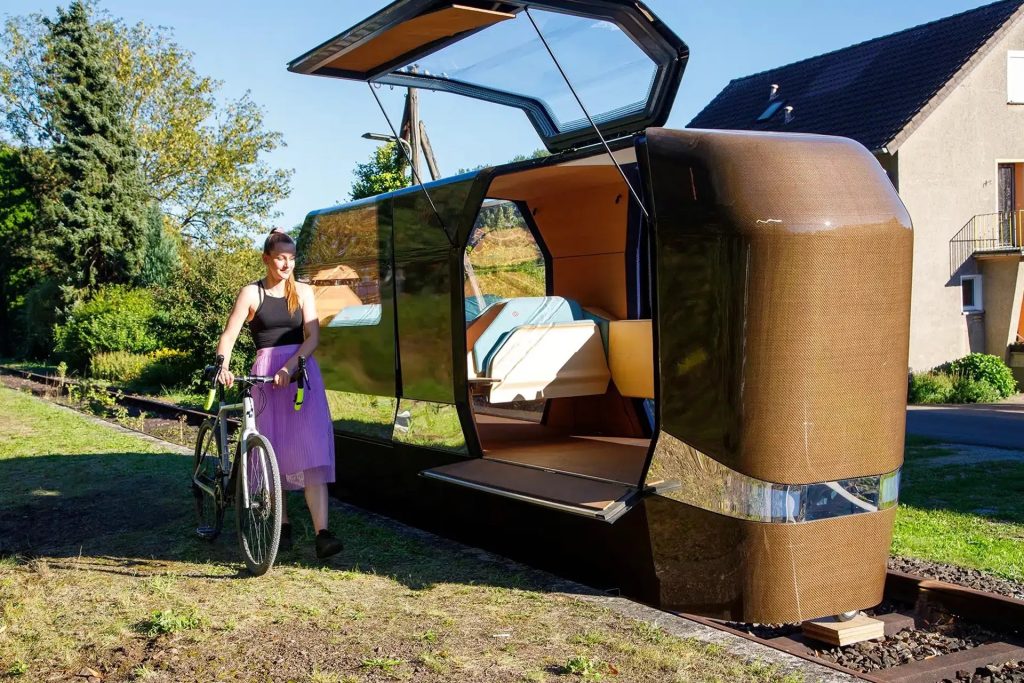
New Atlas
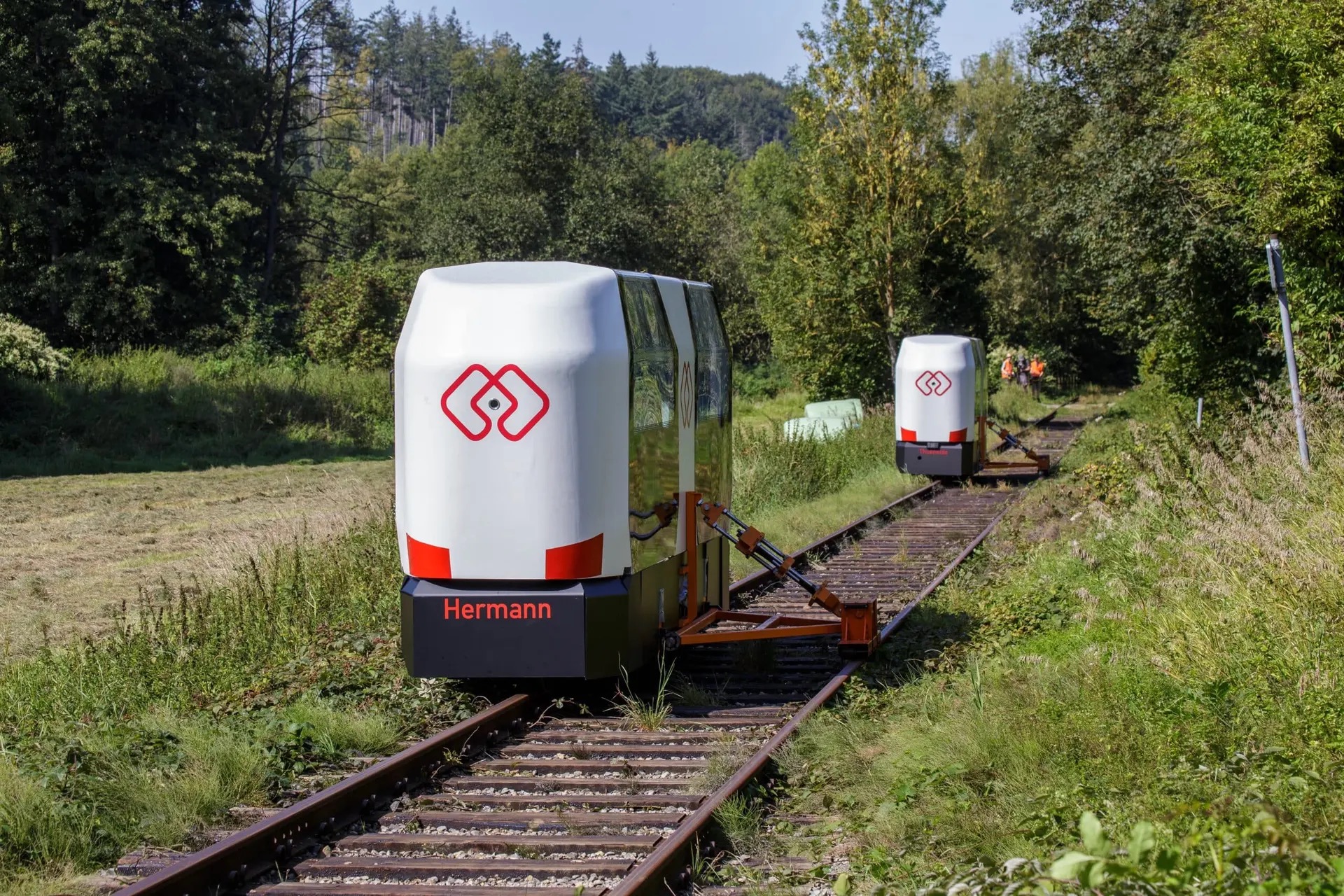
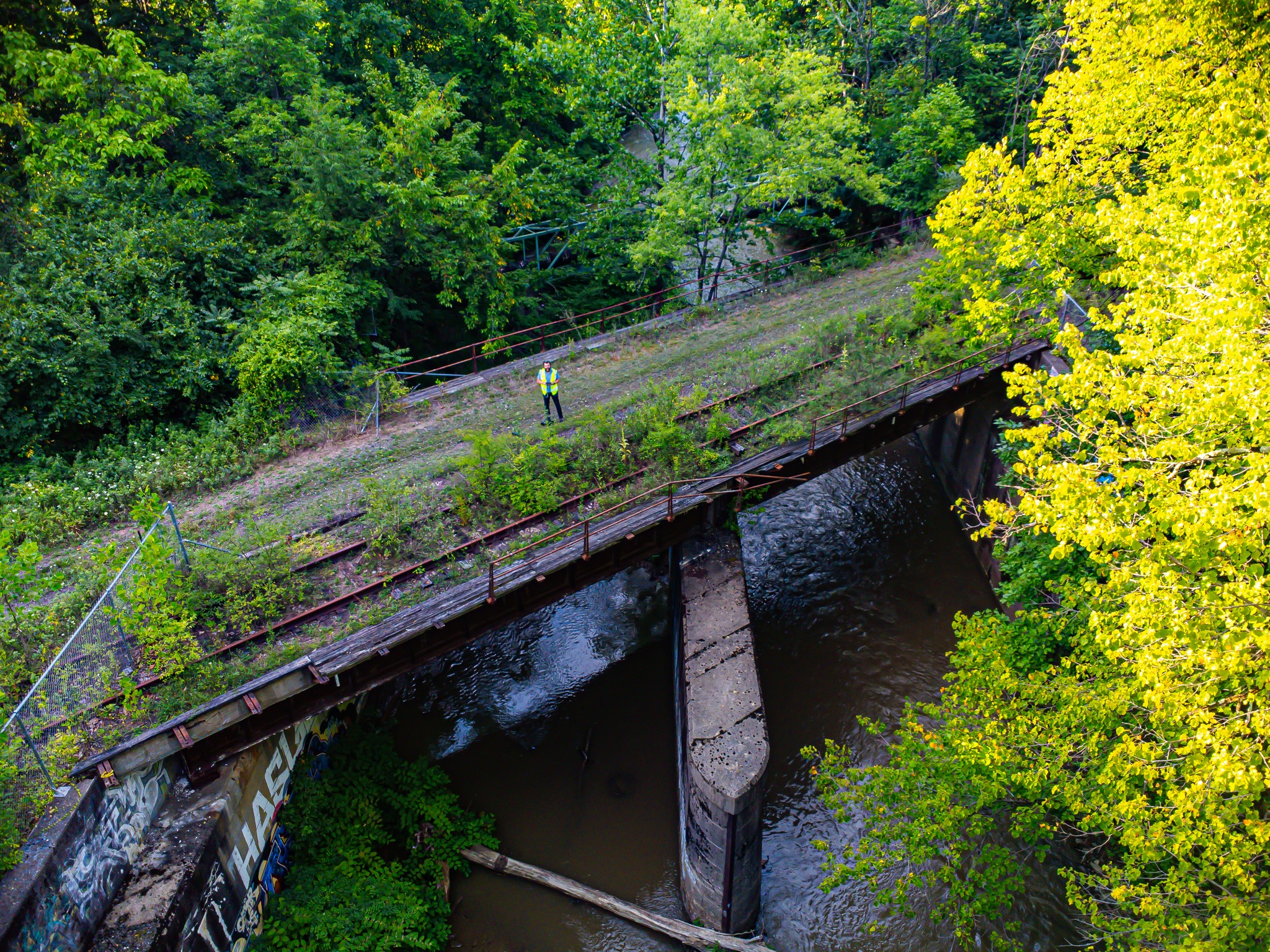

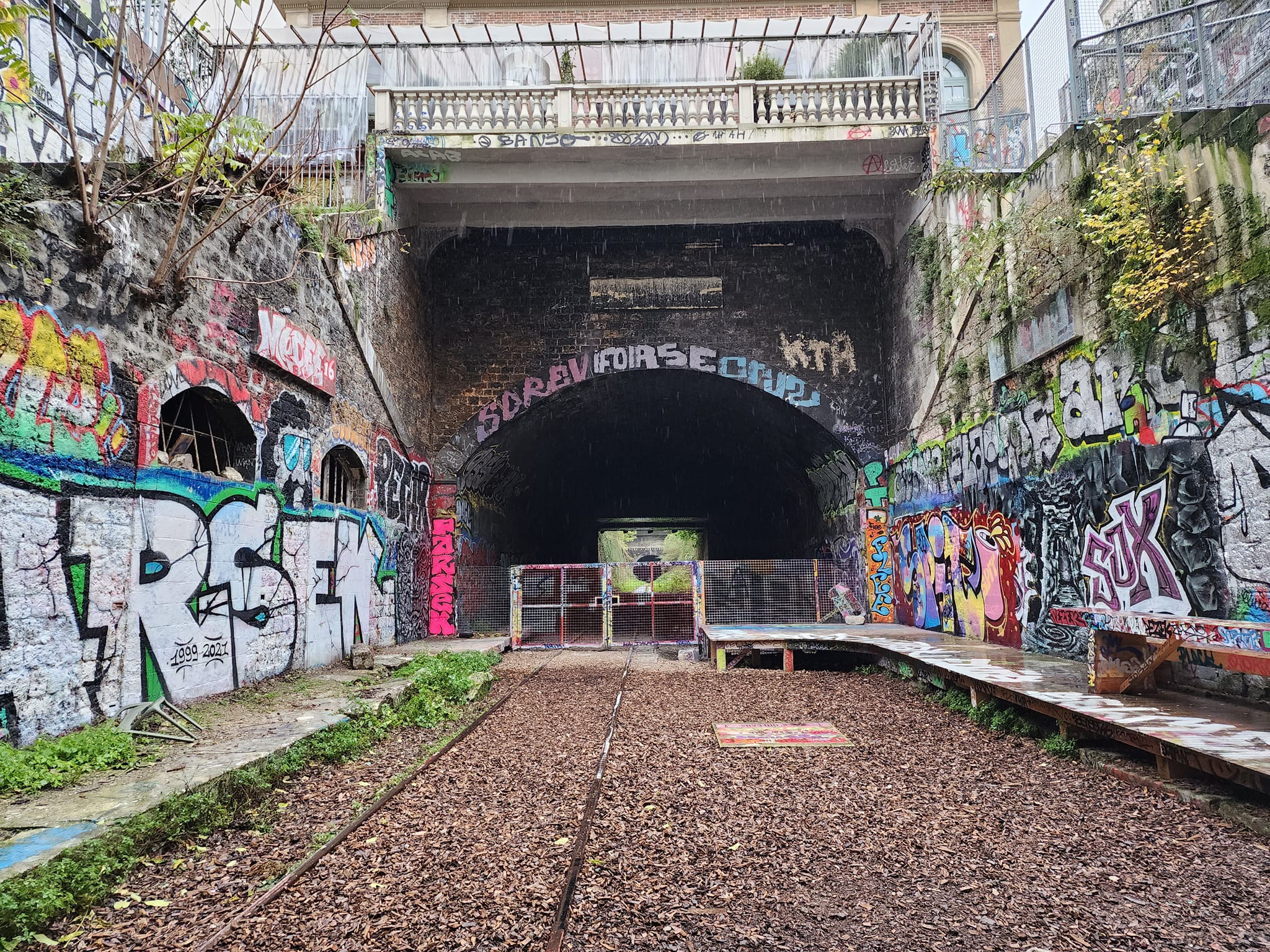
Hope to see these out in Australia at some point.